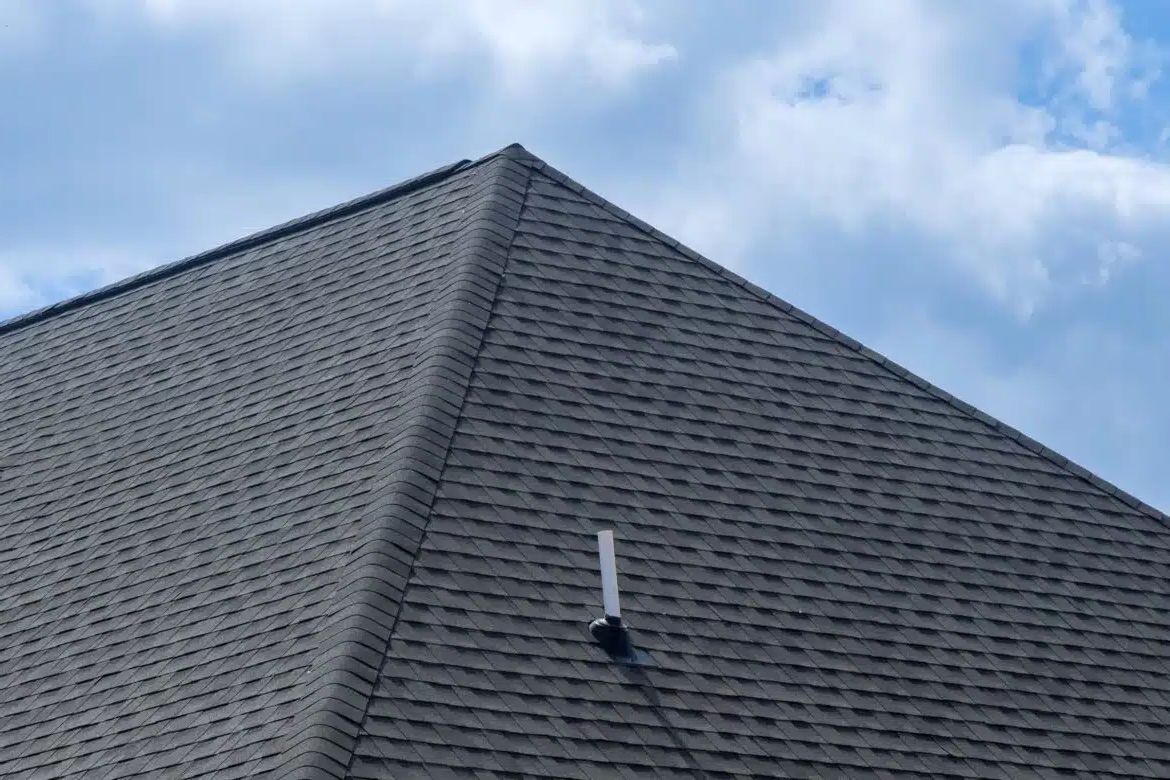What Are Common Causes of a Plumbing Vent Leaking Water?

Your home’s plumbing system does a lot behind the scenes, so much, in fact, that we usually don’t think about it until something goes wrong and things get… messy. Most of us assume any plumbing issue must be a problem with the pipes or a leaky faucet. But there's another key part of your system that often gets overlooked: the plumbing vents.
These vents play a crucial role in keeping water flowing smoothly and preventing unpleasant odors. But when they become clogged, cracked, or damaged, they can cause just as many headaches as a clogged drain or leaking pipe.
Don’t wait until it’s too late! Call Superior Plumbing today and safeguard your vents.
What Is a Plumbing Vent and What Does It Do?
Have you ever looked at your roof and wondered what those thin metal pipes coming out of the top are? Those are your plumbing vents, also known as a vent stack, which are a vital part of your home’s plumbing system.
While drain pipes carry wastewater out, the plumbing vent removes sewer gases and allows fresh air into the system. This helps regulate air pressure and keeps water flowing smoothly through your pipes. Plumbing vents create an escape route for gas and odors while maintaining the right air pressure to prevent slow drains, gurgling sounds, or backups.
Together, the drain-waste-vent (DWV) system ensures waste moves efficiently to the sewer or septic system. When the vent is blocked or damaged, pressure imbalances can lead to clogs, foul smells, or costly plumbing issues down the line.
What Are the Most Common Causes of a Leaking Plumbing Vent?
Several factors can cause your plumbing vent to leak, and identifying the source early can save you from more serious plumbing issues down the line. Three of the most common causes include:
Cracked or damaged vent pipe
Over time, vent pipes can crack due to weather exposure, aging, or physical damage. These cracks can allow rainwater to seep in, particularly during storms. Regularly inspect the vent pipe and replace damaged sections promptly to prevent leaks and further structural issues.
Moisture buildup from condensation
Condensation occurs when warm, humid air from inside the home rises into a cold vent pipe, causing moisture to collect and drip. This is common in colder weather and can mimic a leak. Insulating the vent pipe is a simple way to reduce condensation and protect your system.
Clogged or blocked vent stack
Debris like leaves, twigs, or even small animals can block your vent stack, preventing proper airflow and trapping moisture inside. This can lead to water backup and leaks through pipe joints or weak spots. If you notice slow drainage or gurgling sounds, your vent may be clogged and should be cleaned out.
How Can Flashing Cause a Plumbing Vent to Leak?
One of the most common sources of roof leaks around plumbing vents is damaged or improperly installed flashing, which is the material that seals the area where the vent pipe exits through the roof.
Flashing is designed to prevent water from seeping in at this vulnerable junction, but when it fails, leaks are almost inevitable.
Damaged or worn flashing collars
Over time, flashing or the vent pipe collar can deteriorate from sun exposure, weather, or physical impact (like falling branches or debris). Cracks, rust, or missing sections can allow rainwater to enter around the vent.
Improper installation
In some cases, flashing is improperly installed or even skipped entirely. Instead of using a proper boot or flashing system, some installers may simply cut shingles around the pipe and seal it with caulk — a shortcut that won’t hold up over time. As caulk ages or cracks, water always finds its way in.
Loose or shifted roof covering
If the roof shingles or covers near the vent shift or lift from wind, poor installation, or roof age, it can break the seal around the flashing and allow leaks.
What Signs Should I Look For to Identify a Leaking Plumbing Vent?
Plumbing vent leaks can be sneaky, but they often leave behind signs if you know what to look for. Spotting these early can help you avoid more serious water damage, structural issues, or health risks.
Mold or damp spots in the attic
Moisture in the attic is a red flag. Check for mold growth, damp insulation, or soft, discolored areas on the underside of the roof. These can indicate a slow leak from the vent pipe or damaged flashing. If left unaddressed, mold can spread quickly and require costly remediation.
Sewer odors and gurgling pipes
Your plumbing vent plays a crucial role in directing sewer gases (like methane) safely out through the roof. If you notice a sewage-like or rotten egg smell inside your home, it may indicate a leaking or clogged vent.
In addition, if you hear gurgling sounds from your sinks, toilets, or drains, it's often a sign that the vent is blocked. When air can’t circulate properly, it disrupts the pressure in your plumbing system, leading to slow drainage and the return of unwanted odors.
Ceiling stains and wall damage
Keep an eye out for brown water stains, peeling paint, bubbling drywall, or warped wood on your ceilings and upper walls. These signs often appear beneath a roof leak and may be the first visible indicators of a vent issue, especially in finished attic spaces or upper floors.
Call Superior Plumbing and Secure Your Peace of Mind
Not sure what’s causing that leak or strange smell? Give Superior Plumbing a call today! Our experienced team can diagnose the issue and get your plumbing system back to working perfectly — quickly and professionally.
